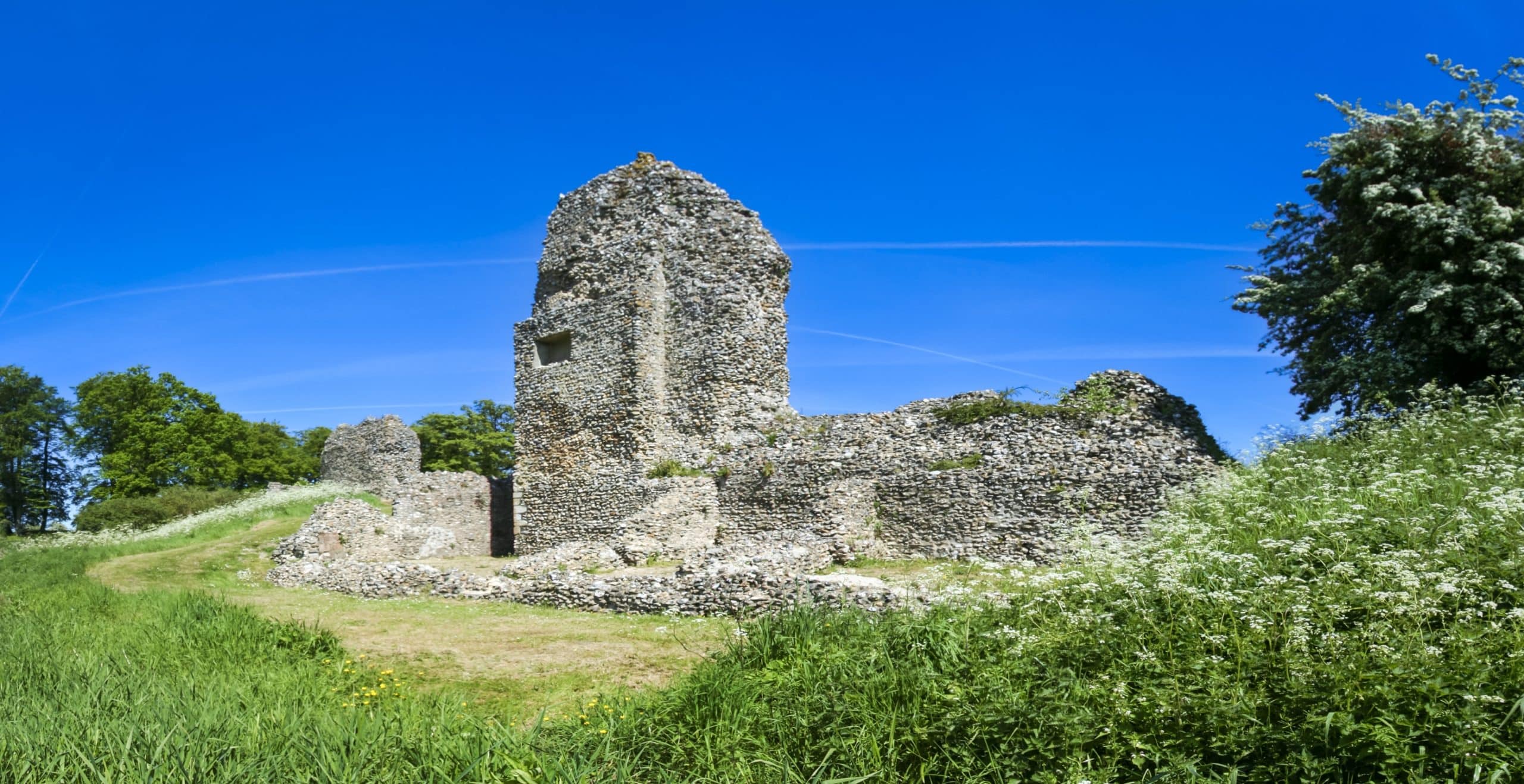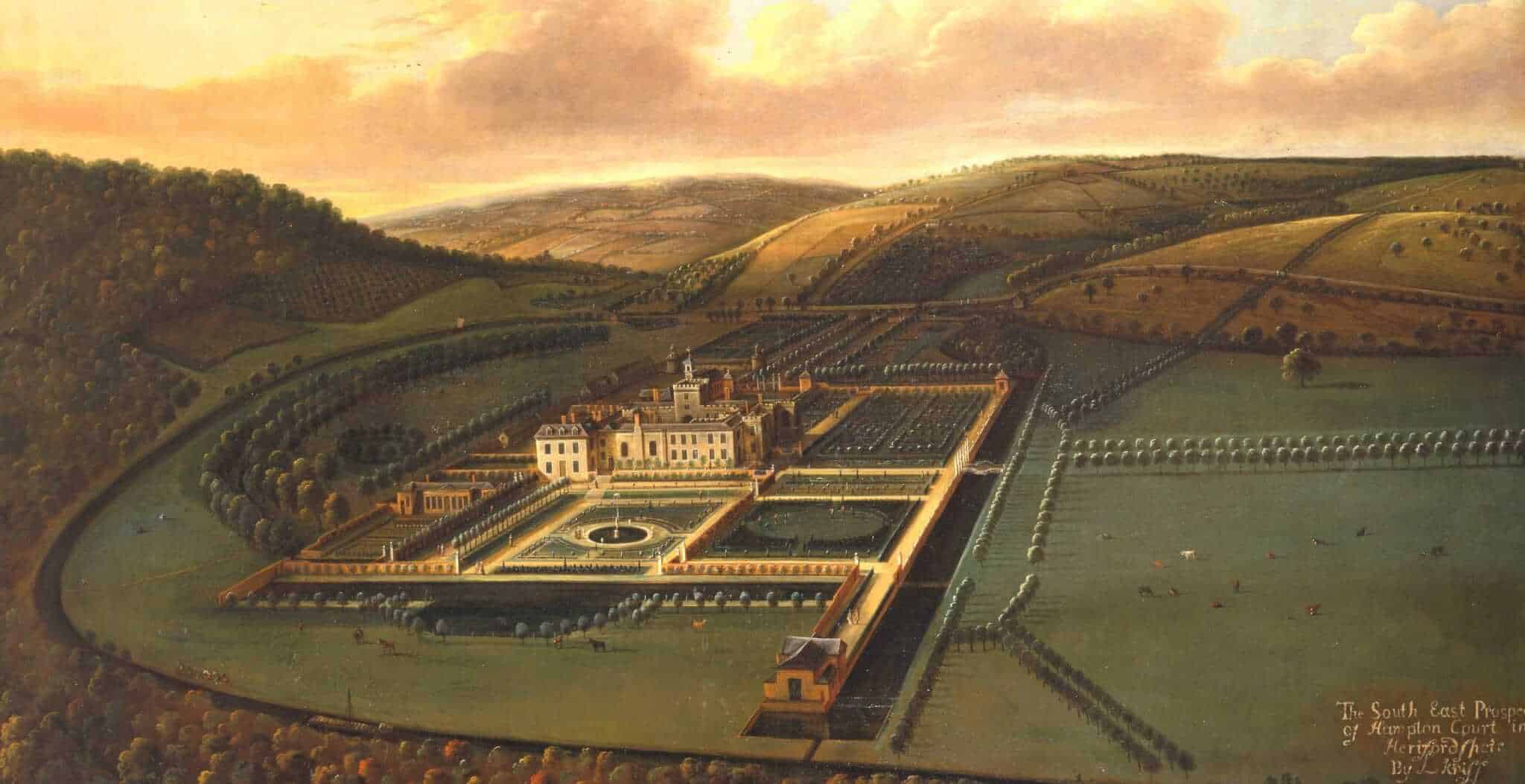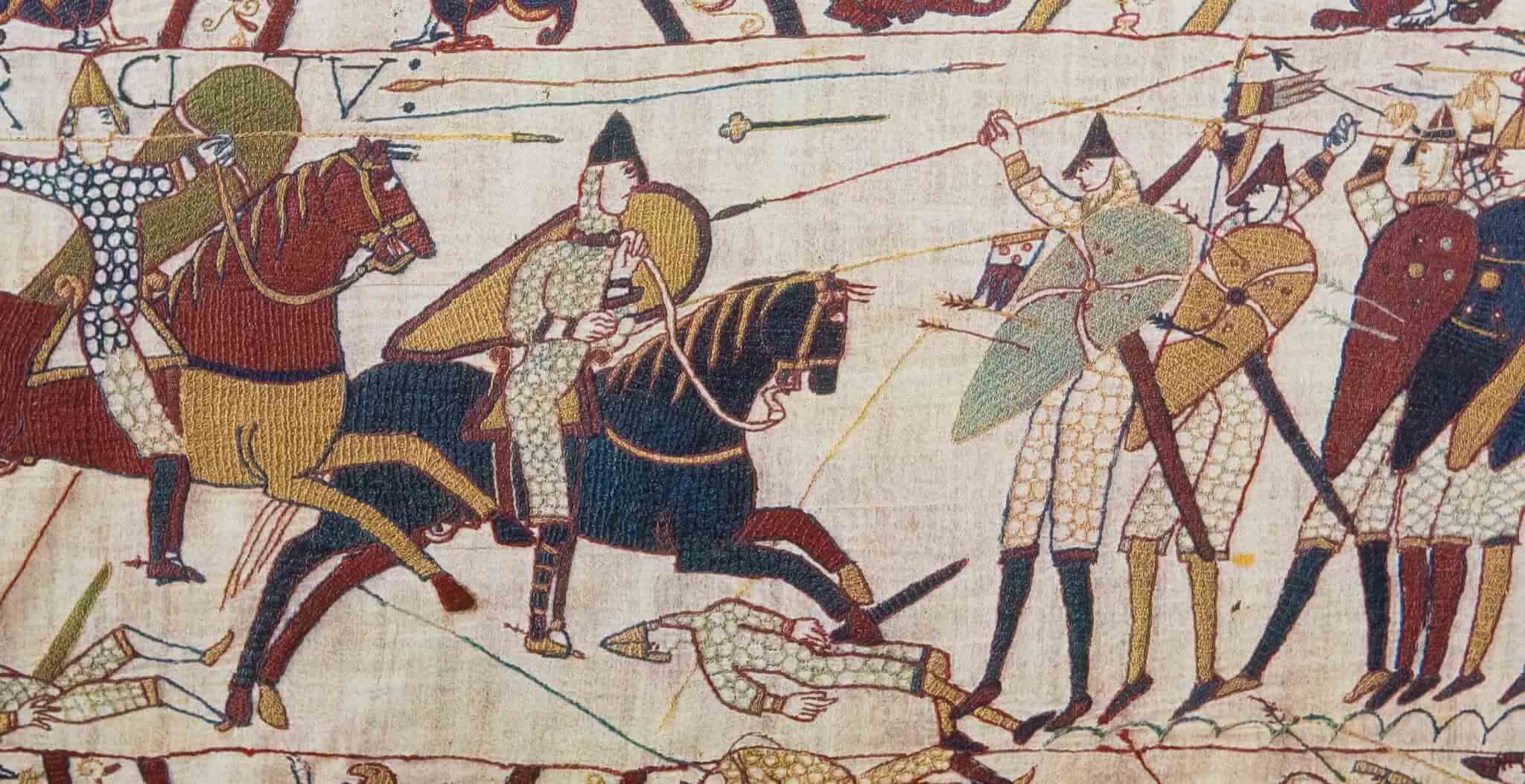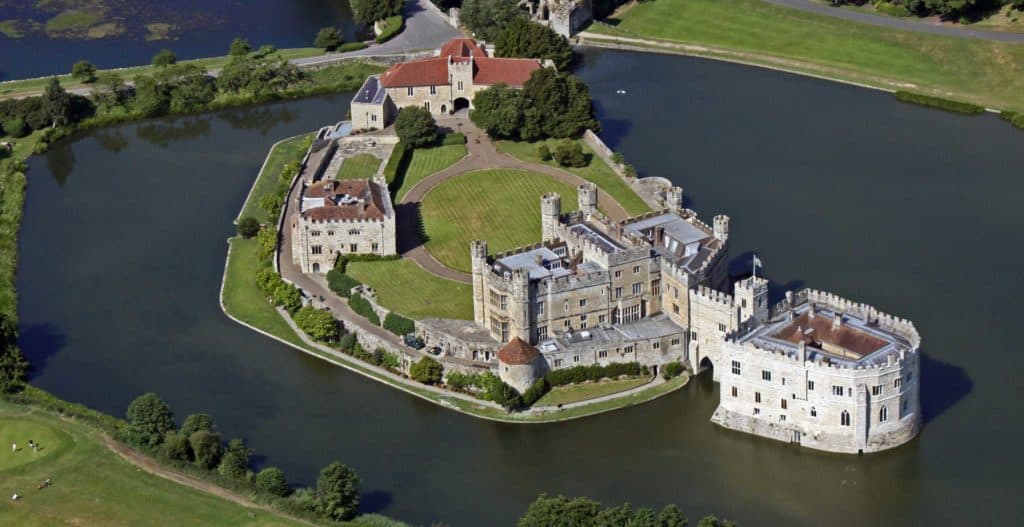Telephone: 0370 333 1181
Website: https://www.english-heritage.org.uk/visit/places/berkhamsted-castle/
Owned by: English Heritage.
Opening times: Open daily summer 10.00 – 1800, winter 10.00 – 16.00 (closed Christmas Day and New Year’s Day). Entrance is free of charge.
Public access: No parking on site but there are fee-paying car parks nearby. The gravel entrance path is suitable for buggies and wheelchairs but there are some steps within the grounds. Dogs on leads are welcome.
Motte and bailey castle founded during the Norman Conquest. Robert, Count of Mortain and Earl of Cornwall, half brother of William I, was probably responsible for the original timber construction, and he is referenced as its owner in the Domesday Book. This was one of many land grants to Robert, nearly 800 in total, for his support during the Conquest. The castle was strategically placed to control a key route through the Chiltern Hills between London and the Midlands, and had an Anglo-Saxon settlement nearby. It was also the site where the English submitted to William the Conqueror following his victory at the Battle of Hastings. The original motte was 40 foot (12 m) in height, with a bailey of 500 foot (150 m) by 300 foot (91 m). Double banking and ditches included, the whole site covered 11 acres (4.5 ha), with further ground given to an extensive deer park.
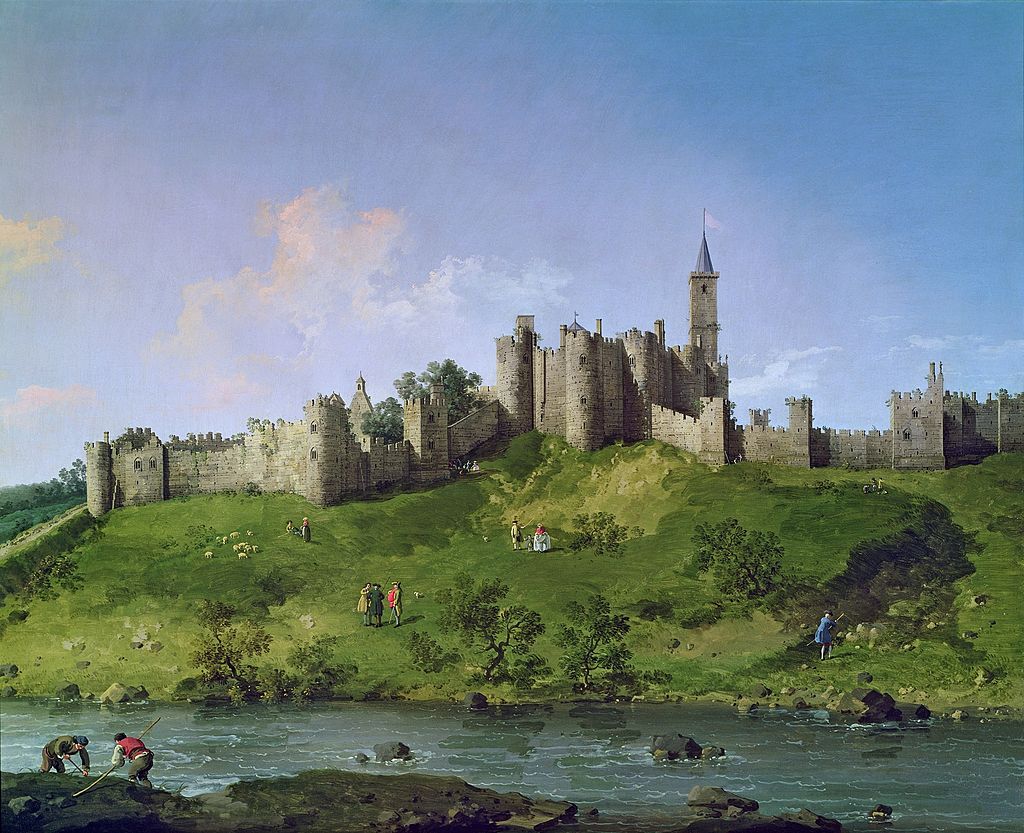
The castle was extended and refurbished by Chancellor Thomas Becket in 1155, and was confiscated after his quarrel with Henry II, who appropriated the castle for himself. The strongly-fortified castle, with its deer park for hunting, became a favourite property of the king, who granted royal recognition of the town that had grown up alongside the castle. The castle was besieged in 1216 during the civil war between King John and the rebellious barons, and in May of that year the Dauphin, the future Louis VIII, laid siege against it successfully with trebuchets and other machines. The castle was later reclaimed by Henry III.
Now firmly in the hands of the crown, the castle began to decay and was given to the royal favourite, Piers Gaveston, by Edward II. Berkhamsted Castle was briefly owned by the Earls of Cornwall then reclaimed by Edward III. His son the Black Prince was responsible for much of the restoration of the castle, dying there in 1376. Subsequently used to hold royal prisoners, it was described as being in ruins by the middle of the 16th century, by which time much of its stonework had been misappropriated. In 1580, Elizabeth I leased the castle to Sir Edward Carey, who built a new residence nearby. This, like the earlier stone castle, is now in ruins, but the motte and bailey has been described as one of the best that survives.
